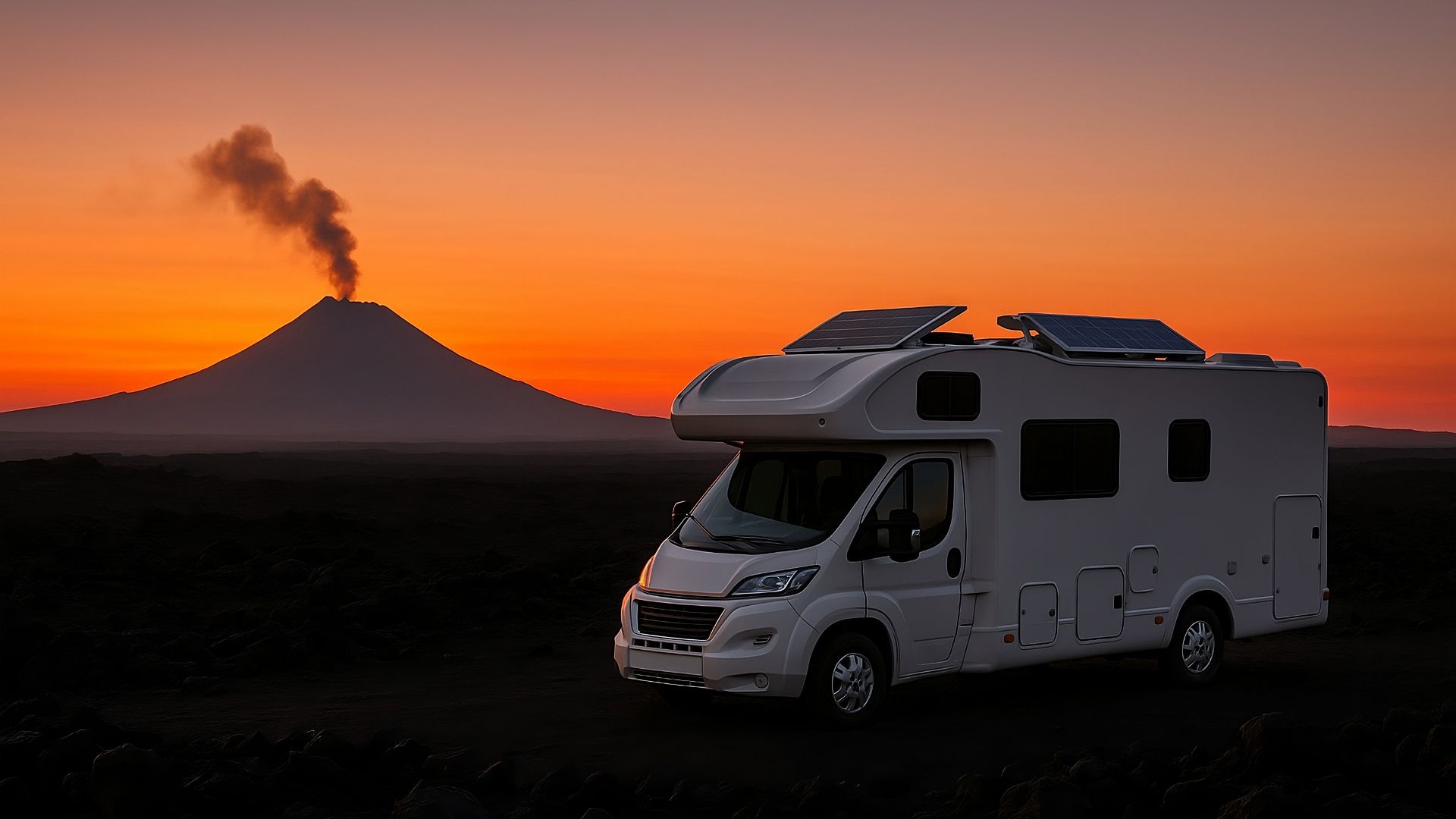
Harnessing solar energy is becoming increasingly popular, and understanding the intricacies of solar panel setups is crucial to maximizing efficiency. One essential component in a solar power system is the Maximum Power Point Tracking (MPPT) charge controller, which ensures that your solar panels operate at their peak efficiency. In this article, we’ll dive into the MPPT wiring diagram for a 400W solar array, ensuring you have the know-how to set up your system effectively.
What is MPPT Technology?
MPPT, or Maximum Power Point Tracking, is a technology used in charge controllers to maximize the energy harvest from solar panels. It achieves this by adjusting the electrical operating point of the modules or arrays. Unlike traditional charge controllers, MPPT controllers can convert excess voltage into amperage, increasing the efficiency of the solar system.
Why Use an MPPT Controller?
- Increased Efficiency: MPPT controllers can boost efficiency by 20-30% compared to traditional systems.
- Voltage and Current Adjustment: They automatically adjust to changes in voltage and current, allowing for optimal energy conversion.
- Versatility: Ideal for varying weather conditions, ensuring consistent energy production.
Components of a 400W Solar Array
When setting up a 400W solar array with an MPPT controller, you’ll need several components:

- Solar Panels: You’ll need panels, such as the Renogy 200 W Monocrystalline Solar Starter Kit, to capture solar energy.
- MPPT Charge Controller: A crucial component, like the Victron SmartSolar MPPT 100/30 Charge Controller, ensures optimal energy conversion.
- Battery Storage: Use a reliable battery, such as the Battle Born 100 Ah LiFePO₄ Battery, to store energy.
- Inverter: Converts DC energy from the panels to AC energy for home use.
- Wiring and Connectors: Essential for connecting all components.
MPPT Wiring Diagram Overview
Understanding the wiring diagram is vital for setting up your solar array. A standard MPPT wiring diagram includes the following connections:
- Solar Panels to MPPT Controller: Connect the positive and negative leads from the solar panels to the corresponding inputs on the MPPT controller.
- Controller to Battery: Connect the controller’s output to the battery terminals, ensuring correct polarity.
- Battery to Inverter: Connect the battery to the inverter, allowing for the conversion of stored energy.
Steps to Install a 400W Solar Array with MPPT
Setting up a 400W solar array involves several key steps. Follow this ordered list for a successful installation:
- Select Your Location: Choose a location with maximum sunlight exposure for the panels.
- Mount the Solar Panels: Securely mount your Renogy 200 W Monocrystalline Solar Starter Kit on the roof or a solar stand.
- Connect Panels to Controller: Use the appropriate wiring to connect the solar panels to the Victron SmartSolar MPPT 100/30 Charge Controller.
- Install the Battery: Place the Battle Born 100 Ah LiFePO₄ Battery in a suitable location, away from direct sunlight and moisture.
- Wire the Controller to the Battery: Connect the MPPT controller to the battery, ensuring correct polarity.
- Set Up the Inverter: Connect the battery to an inverter to convert DC to AC power.
- Test the System: Ensure all connections are secure and test the system for functionality.
Troubleshooting Common Issues
While setting up a solar array, you may encounter some common issues:

- Improper Connections: Double-check all wiring connections for accuracy.
- Inadequate Sunlight: Ensure the panels are not shaded and are positioned correctly.
- Battery Issues: Check for proper battery charging and discharging.
Conclusion
Setting up a 400W solar array with an MPPT controller can significantly enhance your energy efficiency and sustainability. Following the correct wiring diagram and installation steps ensures your system performs optimally. With the right components, such as the Renogy 200 W Monocrystalline Solar Starter Kit and the Renogy 1000 W 12 V Pure Sine Wave Inverter, you can create a reliable and efficient solar power system.
Investing time to understand the MPPT wiring diagram and installation process will pay off in long-term energy savings and environmental benefits. Whether you’re powering a home or a portable setup, the right knowledge and equipment are key to success.
